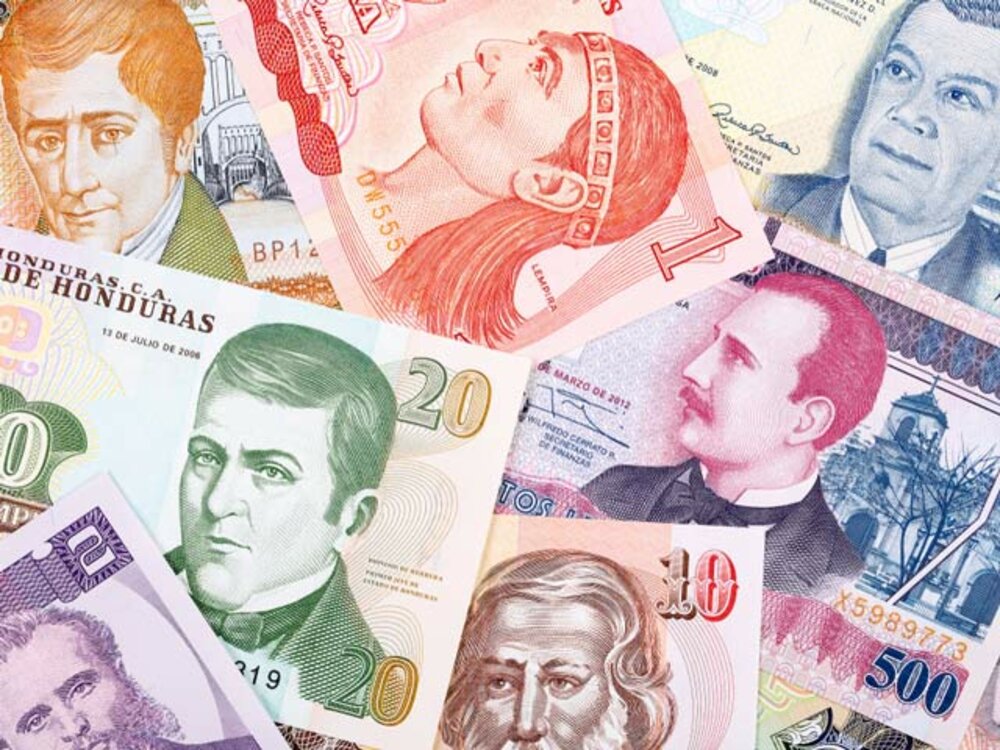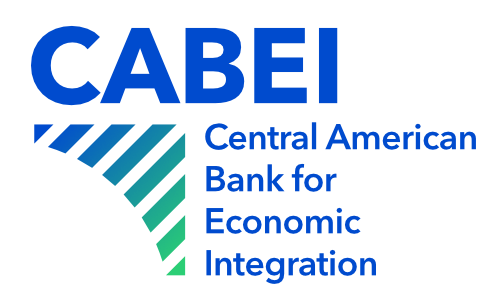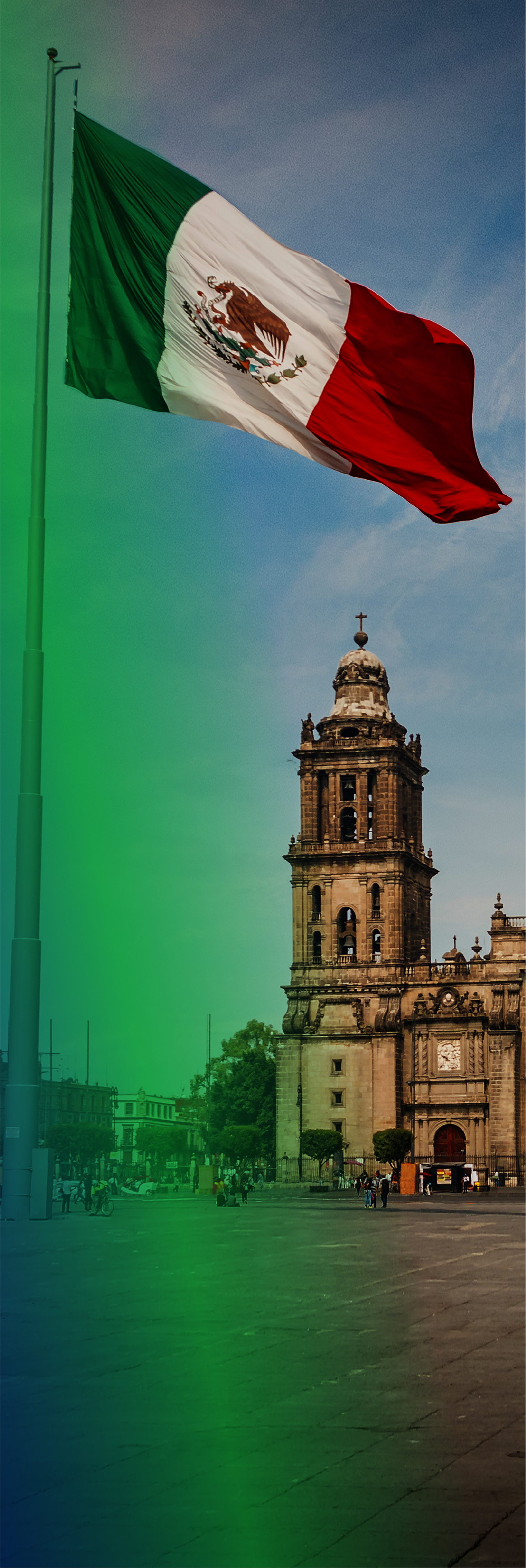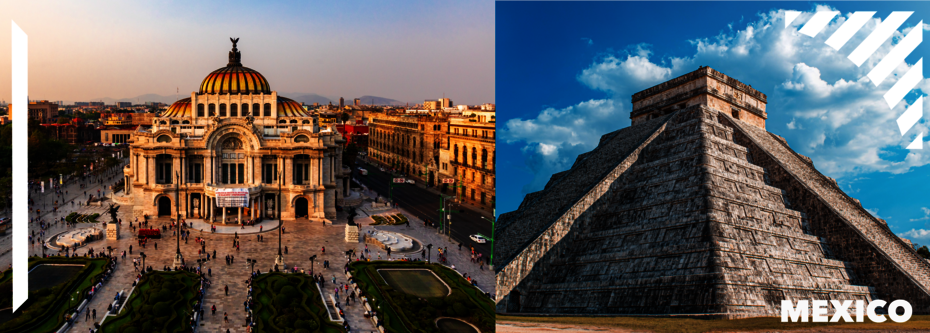Mexico has been a non-regional CABEI member since 1992 with an authorized stake of USD306.25 million in the Bank's share capital and capital contributions of USD76.56 million, ranking as the third largest shareholder within the group of non-regional members with 5.03%.
The contribution that Mexico channels to the Central American region through CABEI is based on various financial cooperation instruments with Banco Nacional de Comercio Exterior S.N.C. (Bancomext) for a total amount of USD520.8 million. The relationship between the Bank and this country was solidified in 2008 with the launching of the Central American Social Housing Development Program. It falls under the framework of the Mesoamerican Integration and Development Project (formerly Plan Puebla Panamá). Since that date, the Mexican government has made resources available to develop a sustainable market for long-term housing finance in the Central American region that addresses the housing deficit and future needs in this area. Throughout the Program's existence, 59 disbursements have been made through 14 intermediary institutions. In total, 192.7% of the initial financing available has been channeled, benefiting a total of 8,032 low- income households, which can now enjoy a more dignified home.
CABEI starts the year with significant raising of funds in local currency

The Bank will channel resources through its network of Intermediary Financial Institutions, which currently includes 88 entities.
Tegucigalpa, February 13, 2019.- The Central American Bank for Economic Integration (CABEI) began the year with a significant raising of funds in local currency from Public Social Security Institutions in Honduras for an aggregate amount of 200 million lempiras.
The operation will be carried out through investment instruments that allow investors to diversify their portfolios through a new category of assets, taking into account the high exposure they maintain to the sovereign and domestic financial system.
The above is in addition to the 61 billion Costa Rican colones collected in January, among other deposits that are expected to materialize in the short term within the framework of the Financial Intermediation Program in Local Currency.
CABEI Executive President, Dr. Dante Mossi, indicated that this type of operation is important because it fosters development through the channeling of resources and promotes financing in local currency, which contributes to mitigating the exchange risk and enables the borrowers and final beneficiaries to better manage their cash flows.
Dr. Mossi recalled that within the framework of its Financial Strategy, CABEI promotes the channeling of financial resources to foster sustainable economic growth and regional competitiveness. Currently, it has intensified efforts to consolidate a Financial Intermediation Program in Local Currency that is in line with current global Multilateral Banking trends.
Within the framework of this program, the Bank will channel such resources through its wide network of Intermediary Financial Institutions (currently 88 institutions) through various credit facilities aimed at high-impact sectors, including: Financing for the Micro, Small and Medium Enterprise with a focus on renewable energy and energy efficiency, biodiversity friendly projects, projects focused on agribusiness, entrepreneurial financing for women and the municipal infrastructure financing program.
As an international multilateral development institution, CABEI represents a high credit quality option for investors in the Central American region, taking into account its local "AAA" rating in all the countries of the region and "A+" rating at an international level with positive outlooks from the main risk rating agencies.
Furthermore, it is expected that in the short term CABEI will reach an international rating of "AA," making it the institution with the best credit risk in Latin America.







